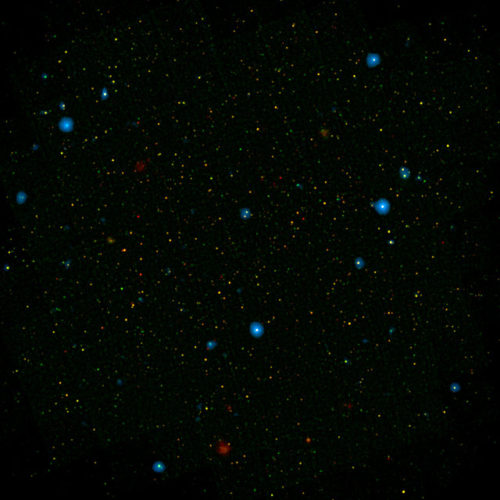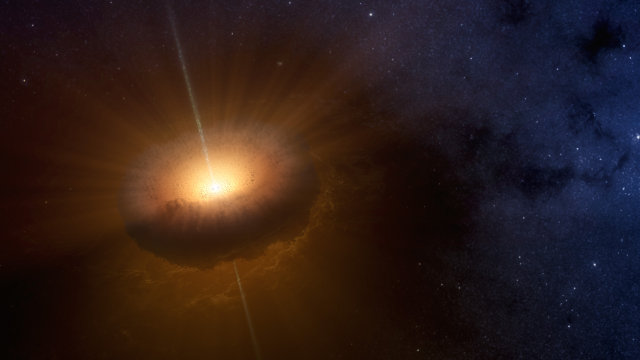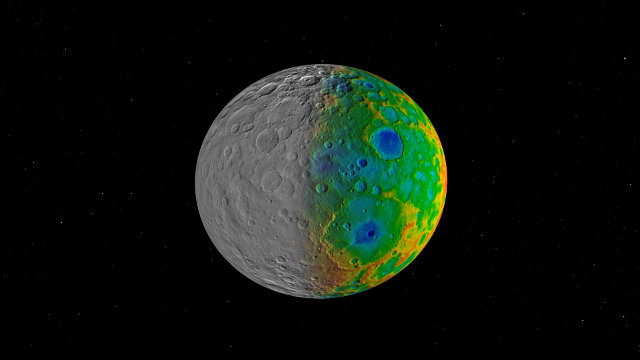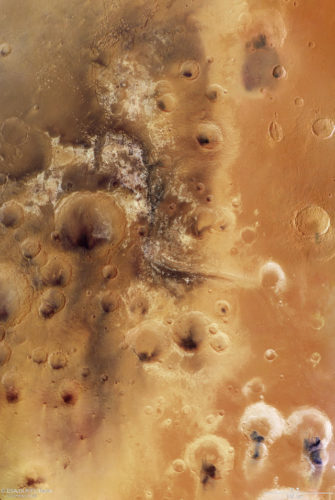
Supermassive black holes identified by the NuSTAR space telescope among the cosmic X-ray background
An article published in “The Astrophysical Journal” describes a research on the so-called Cosmic X-ray Background (CXB). A team of researchers led by Fiona Harrison of Caltech in Pasadena used NASA’s NuSTAR space telescope to distinguish a good part of the X-ray emission coming from supermassive black holes.





